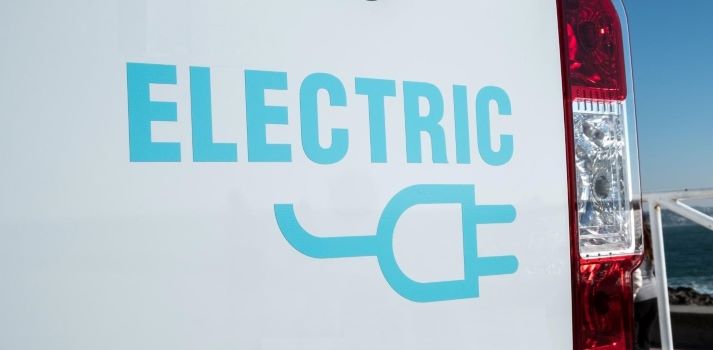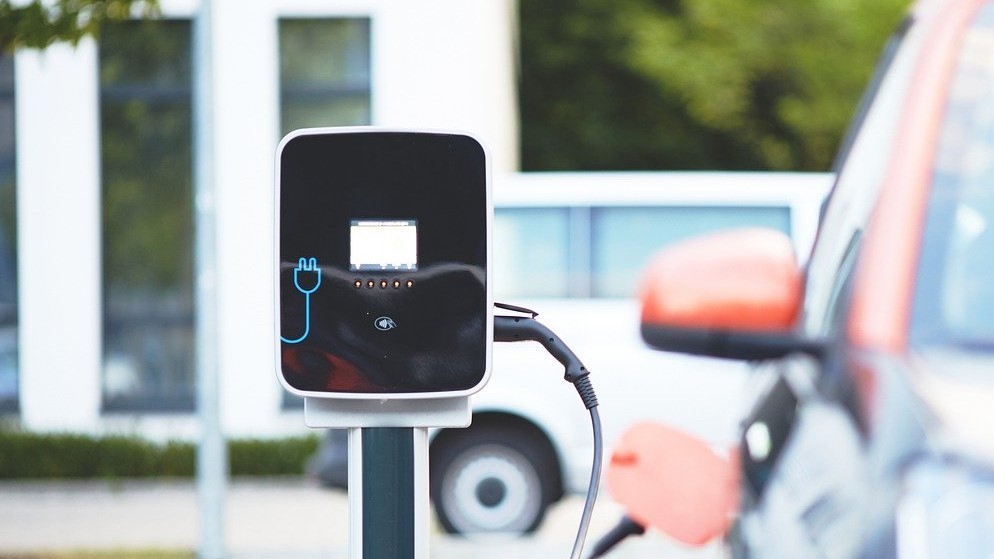New registrations of passenger cars with alternative drives fell by 7.6 percent in September compared with the previous month, with 105,620 such vehicles registered by the Federal Motor Transport Authority. This means that in the first nine months since the start of this year, 19.7 percent more new electric cars, hybrids with and without plugs, mild hybrids and gas-powered passenger cars were registered than in the same period last year, a total of 1,012,755 units. Alternative powertrains came to an overall market share of 47.4 percent since January.
Among alternative powertrains, unplugged hybrids in particular saw an increase in new registrations. 57,795 units rolled onto the roads in September 2023, a 44.1 percent increase over the same month last year. Among them were 8,256 full hybrids, where VDIK brands have a 94 percent market share.
In contrast, 28.6 percent fewer battery electric vehicles (BEV) and 45.7 percent fewer plug-in hybrids were registered last month compared to the same month last year. This means that a total of 31,714 new BEVs and 15,383 new plug-in hybrids were registered in September. The decline in September is related to early commercial registrations in the previous month of August, due to the elimination of incentives for commercial electric car registrations on September 1, 2023. 387,289 battery electric passenger cars were newly registered in the first nine months of 2023 (up 42.1 percent compared to the same period last year). In addition, 123,345 plug-in hybrids were newly registered (down 42.8 percent).
Up to and including September 2023, 9,825 passenger cars powered by liquid gas were also newly registered (minus 13.8 percent), as well as 252 fuel cell passenger cars.
The VDIK regularly updates the list of electric vehicles from international manufacturers. The VDIK member companies currently offer more than 200 electric models (passenger cars and commercial vehicles) that customers can order in Germany. The VDIK electric list can be accessed here.
In the overall passenger car market, alternative drive systems achieved a share of 47.4 percent since the beginning of the year. Gasoline engines achieved a market share of 35.1 percent, while diesel was only at 17.5 percent.
| September | January – September | ||||||
|---|---|---|---|---|---|---|---|
| +/- (%) | +/- (%) | Share of total car market |
Market share VDIK (%) |
||||
| BEV | 31,714 | -28,6 | 387,289 | 42,1 | 18,1 | 39 | |
| PHEV | 15,383 | -45,7 | 123,345 | -42,8 | 5,8 | 34 | |
| FCEV | 3 | -85,7 | 252 | -59,9 | 0,0 | 90 | |
| Electric Vehicles (total) | 47,100 | -35,3 | 510,886 | 4,5 | 23,9 | 38 | |
| HEV including: |
57,795 | 44,1 | 490,855 | 42,4 | 23,0 | 43 | |
| full hybrid | 8,256 | 29,6 | 70,282 | 31,8 | 3,3 | 94 | |
| mild hybrid | 49,539 | 46,9 | 420,573 | 44,3 | 19,7 | 34 | |
| CNG | 59 | -62,9 | 1,189 | -19,8 | 0,1 | 61 | |
| LPG | 666 | -47,7 | 9,825 | -13,8 | 0,5 | 98 | |
| Alternative Drivetrains (total) | 105,620 | -7,6 | 1,012,755 | 19,7 | 47,4 | 41 | |
| Petrol | 84,982 | 17,4 | 750,484 | 13,8 | 35,1 | 39 | |
| Diesel | 33,900 | -11,2 | 374,827 | 3,6 | 17,5 | 32 | |
| for information: | |||||||
| Passenger car (total) | 224,502 | -0,1 | 2,138,066 | 14,5 | 39 | ||
Electric vehicles: BEV, PHEV und FCEV
BEV, Batterieelektrisches Fahrzeug, engl: Battery Electric Vehicle
PHEV, Plug-In-Hybrid, engl: Plug-In Hybrid Electric Vehicle
FCEV, Brennstoffzellenfahrzeug / Wasserstofffahrzeug, engl.: Fuel Cell Electric Vehicle
Hybride, Hybrid ohne Stecker bzw. nicht aufladbar, engl.: Hybrid Electric Vehicle
CNG, Gasförmiges Erdgas, engl: Compressed Natural Gas
LPG, Flüssiggas bzw. Autogas, engl: Liquified Petroleum Gas
Models with a maximum e-motor output of 20 KW are classified as mild hybrids, while full hybrids have a maximum e-motor output of more than 20 KW.





